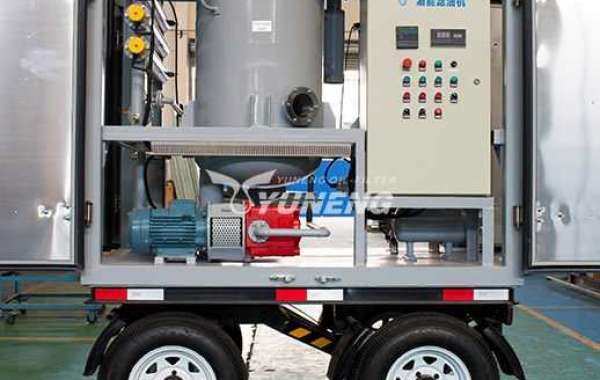Introduction:
In the fast-paced world of cryptocurrency trading, staying ahead of the competition is crucial. To achieve success, traders are turning to automated solutions such as cryptocurrency trading bots. These bots, powered by advanced algorithms and artificial intelligence, can execute trades with precision and efficiency, offering traders a competitive edge. In this blog, we will explore the development of cryptocurrency trading bots and how they can harness the power of automation for enhanced trading strategies.
The Rise of Cryptocurrency Trading Bots:
Cryptocurrency trading bots have gained popularity due to their ability to analyze market data, execute trades, and manage portfolios automatically. These bots leverage machine learning, data analysis, and algorithmic strategies to make informed trading decisions. By eliminating human emotions and biases, trading bots provide consistent and disciplined trading, maximizing profit potential.
Key Components of Cryptocurrency Trading Bot Development: a. Strategy Design: Developing a successful trading bot begins with designing effective trading strategies. Traders need to define entry and exit rules, indicators, risk management parameters, and profit targets. These strategies should be adaptable to changing market conditions and customizable to fit individual trading preferences.
Algorithm Implementation:
Once the trading strategy is defined, it needs to be translated into a functional algorithm. This involves coding the necessary instructions and logic to execute trades based on the predefined strategy. Programming languages like Python are commonly used for cryptocurrency trading bot development.
Market Data Integration:
Trading bots rely on real-time market data to make informed decisions. Integration with reliable cryptocurrency exchanges or data providers is essential to fetch accurate and up-to-date market information. APIs (Application Programming Interfaces) are commonly used to access market data and execute trades.
Risk Management Features:
Effective risk management is critical in cryptocurrency trading. Trading bots should include features such as stop-loss orders, trailing stops, and position sizing calculations to minimize losses and protect capital. These features ensure that trading is conducted with proper risk assessment and control.
Testing and Optimization:
Before deploying a cryptocurrency trading bot in live trading, rigorous testing and optimization are necessary. Backtesting, using historical market data, helps evaluate the effectiveness of the trading strategy. Optimization involves fine-tuning parameters, indicators, and rules to improve profitability and reduce risk. This iterative process ensures the bot's performance aligns with the trader's objectives.
Continuous Monitoring and Maintenance:
Once the trading bot is deployed, it requires continuous monitoring and maintenance. Markets evolve, and strategies may need adjustment to adapt to changing conditions. Regular performance evaluation, monitoring of trade execution, and timely updates are essential to ensure the bot remains effective and profitable.
Conclusion:
Cryptocurrency trading bots offer an array of benefits, including automation, speed, precision, and the ability to execute trades based on predefined strategies. By investing in the development of a customized cryptocurrency trading bot, traders can optimize their trading efforts and increase their chances of success. However, it's important to note that trading bots are tools and not guarantees of profit. They require thorough strategy development, rigorous testing, and ongoing maintenance to maximize their potential. With the power of automation at your disposal, cryptocurrency trading bot development services can be a game-changer in your trading journey.








